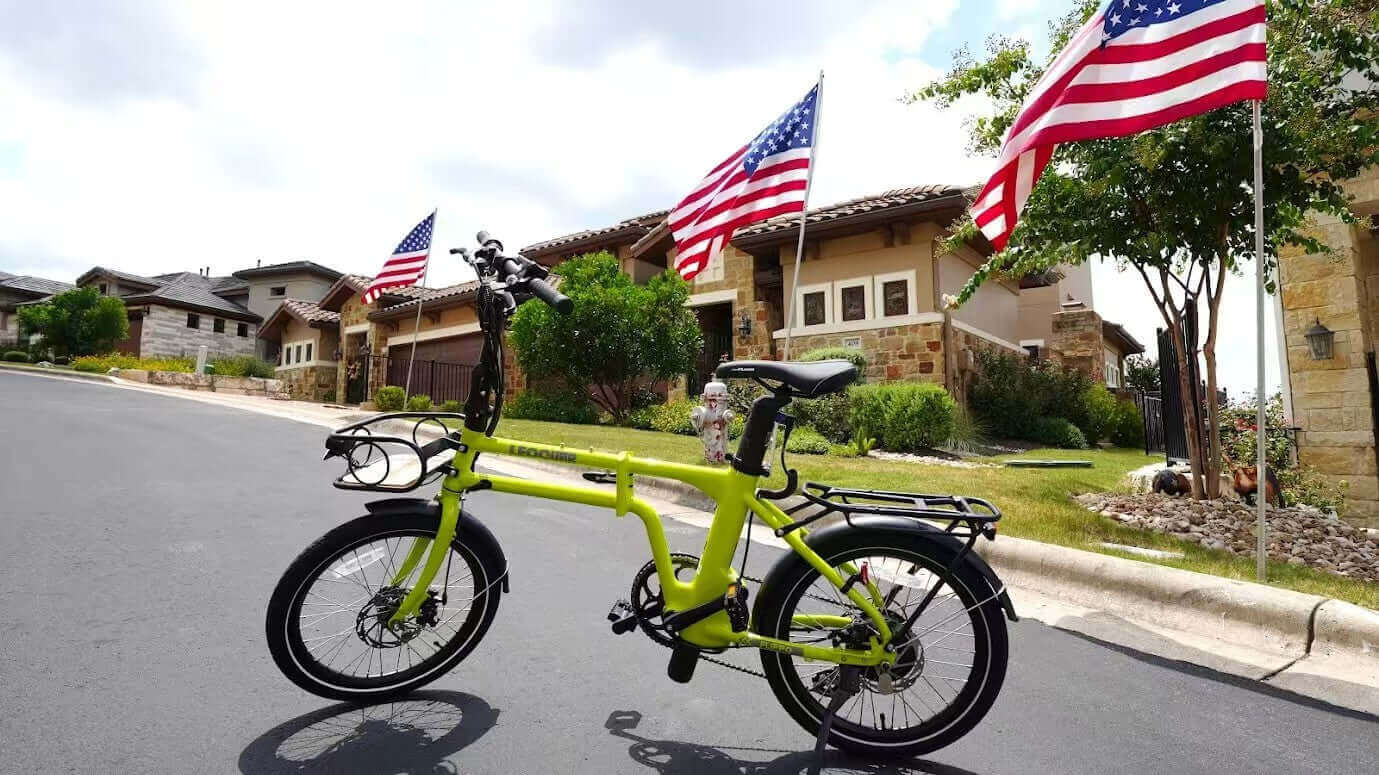
Revolutionary Bike Disc Brakes Guide 2025: Mechanical vs. Hydraulic Showdown
Understanding Bike Disc Brakes
Disc brakes help cyclists stop safely in all weather conditions. These important bike parts use a spinning metal disc and special pads to slow down your wheels when you need to stop.
Bike makers started using disc brakes because they work better than old-style rim brakes, especially when riding in rain or mud. The switch from mechanical vs hydraulic disc brakes is a choice many riders face today. Understanding how these brakes work will help you pick the right type for your bike.
Types of Disc Brakes
Mechanical disc brakes use a simple cable system. These brakes connect the lever to the caliper with a steel cable, making them easier to fix but slightly less powerful.
Hydraulic disc brakes work by pushing fluid through tubes. The fluid system gives riders more stopping power and better control, which is why many mountain ebike brakes use this type.
Key parts of a disc brake include:
| Part | What it Does |
| Rotor | The metal disc that spins with your wheel |
| Caliper | The part that squeezes the brake pads |
| Pads | Special material that rubs against the rotor |
| Lever | The handle you squeeze to stop |
Learning how to adjust bicycle hydraulic disc brakes is an important skill. Regular maintenance keeps your brakes working well and helps you ride safely.
You can find more detailed guides about mtb brake systems at BikeRadar. Whether you're fixing up an old bike or building a new one, knowing about disc brakes helps you make smart choices.
Understanding Mechanical and Hydraulic Disc Brakes
Key Differences at a Glance
Mechanical disc brakes use steel cables to work. These brakes pull on a cable when you squeeze the lever, making the brake pads grip the rotor.
Hydraulic disc brakes represent a more advanced system, using special fluid to transfer force from the lever to the brake pads through tiny pistons in the caliper assembly.
When it comes to mechanical vs hydraulic disc brakes, stopping power tells a clear story. The hydraulic systems give you much stronger and more reliable braking power, especially in tough conditions or when riding fast downhill.
Basic mechanical brakes need frequent adjustments as cables stretch over time. In comparison, hydraulic brakes adjust themselves as the pads wear down, though they do need occasional fluid changes.
The price difference can be significant between these two mtb brake options. Mechanical brakes cost less and are easier to fix at home.
Hydraulic systems perform better in wet and muddy conditions, providing smooth braking control. The maintenance might seem complex, but once set up properly, these brakes typically require less frequent attention than mechanical ones.
| Feature | Mechanical Disc Brakes | Hydraulic Disc Brakes |
| Operation | Cable-based | Fluid-based |
| Power | Good | Excellent |
| Maintenance | Regular adjustments | Occasional bleeding |
| Cost | Lower | Higher |
For detailed specifications and performance data, visit BikeRadar.
Choose mechanical brakes if you want a simple, affordable option that's easy to maintain. Pick hydraulic brakes if you need superior stopping power and don't mind spending more upfront for better performance.
Performance Comparison: Stopping Power, Modulation, and Reliability
When comparing mechanical vs hydraulic disc brakes, you'll notice clear differences. They show up mostly in how well they stop, how smoothly they work, and how long they last.
Stopping Power
Hydraulic disc brakes give you much stronger stopping power. These brakes work really well in wet and muddy conditions. Their fluid-based system provides up to 30% more force than mechanical brakes do.
Mountain bikers especially like hydraulic disc brakes for their quick response. The way they work makes riders feel safer on steep trails. You can count on them to stop quickly when you need to.
Control and Feel
The smooth control of hydraulic brakes lets riders fine-tune their stopping. Mechanical disc brakes, however, tend to feel more like an on-off switch. This makes a big difference when you're going downhill for a long time.
I've tried both types in bad weather. The hydraulic system handles different terrain naturally and smoothly. With mechanical brakes, you need to push harder to get the same results.
Long-Term Performance
Mechanical brakes need frequent adjustments as their cables stretch out. The good news about hydraulic disc brakes is that they adjust themselves as the pads wear down. This means you get steady performance for a longer time.
However, hydraulic systems do need regular bleeding to work right. If dirt or air gets into the fluid, it can cause problems. You'll need to take care of these issues quickly to keep your brakes working well.
Any rider choosing between these brake types should think about their needs. Hydraulic disc brakes work better in tough conditions and on mtb brake systems. Mechanical brakes are simpler but don't give you as much control.


Maintenance and Adjustments: A Practical Guide
Taking care of your disc brakes is super important. Good maintenance helps your brakes work better and keeps you safe during every ride, especially when you're comparing mechanical vs hydraulic disc brakes. Here's a straightforward guide that covers all the basic maintenance tasks you need to know about. These tips come from years of working with bikes and brakes.
Mechanical Disc Brake Care
Cables control mechanical brakes, so they need special attention. Regular maintenance doesn't have to be complicated.
Check your cables often to make sure they're tight. When the cables stretch out, your brakes won't work as well as they should, and this is a quick fix you can do at home. Look at your brake pads regularly to see if they're wearing down. Clean everything carefully to keep dirt from building up.
Hydraulic Disc Brake Upkeep
Hydraulic disc brakes give you awesome stopping power. The system uses special fluid to work properly, and knowing how to tighten hydraulic disc brakes on a bike is essential. Checking for air bubbles in the system is really important. You'll need to bleed the brakes sometimes to keep them working their best.
Change the brake fluid when the manufacturer says you should. Different brakes need different types of fluid, so always use the right kind. Take a close look at your brake pads every few rides to see if they're wearing down. Make sure all the parts move smoothly without sticking.
Quick Tips for Both Types
Always use good tools when working on your brakes. Write down when you do maintenance so you can keep track. If something seems too tricky to fix, it's okay to ask a bike shop for help.
These simple steps will help keep your mtb brake system working great. Whether you're riding in the city or on trails, good brakes make every ride better and safer. Remember to test your brakes in a safe place after any adjustments.
Taking care of your brakes doesn't have to be hard. Just stay on top of the basic maintenance, and your mechanical vs hydraulic disc brakes will keep working reliably for a long time.
Mechanical vs Hydraulic for Mountain Ebikes: Specific Considerations
Mountain ebikes have special needs when it comes to braking systems. These heavy bikes go fast and ride on tough trails, which puts a lot of stress on their brakes.
Performance Factors
Hydraulic disc brakes work best for mountain ebikes in challenging situations. A short pull of the brake lever gives you all the stopping power you need. When riding downhill or in wet conditions, hydraulic brakes give you smooth and reliable control. You can trust these brakes when going fast on steep trails.
Hydraulic brakes keep working well even during long downhill rides. The system adjusts itself as brake pads wear down. Mechanical disc brakes are cheaper and simpler but can have problems. Cable stretch and dirt can affect their performance, which is risky on heavy ebikes.
Trail maintenance is something riders need to think about. While riding in remote areas, mechanical brakes are easy to fix with basic tools. However, you'll need to adjust them more often than hydraulic brakes. This can be a problem during long rides.
Some mountain ebikes now combine regenerative braking with disc brakes. This feature helps save energy while still giving strong braking power. Studies show that bikes with hydraulic brakes have fewer accidents on tough trails.
The choice between mechanical and hydraulic mountain ebike brakes comes down to your needs. Riders who want the best control and power should pick hydraulic brakes. Those who like simple repairs and ride in remote areas might prefer mechanical brakes. For most mountain bikers dealing with tough trails and bad weather, hydraulic disc brakes are the better choice.
Making the Right Choice: Factors to Consider
Pick a brake system that fits your ride. Choosing between mechanical vs hydraulic disc brakes means you must think about cost, skills, and riding style.
I have spent many hours riding different trails. My experience with mountain ebike brakes shows that each system has its own strengths and weaknesses.
Budget and Long-Term Costs
Cost matters. Mechanical vs hydraulic disc brakes often differ in price. Mechanical brakes cost less at first and suit riders on a tight budget. They are simple, which is useful if you need an mtb brake without spending much. Hydraulic brakes need more money upfront because of extra parts and precision. They may lower future expenses since they rarely need tweaking and you learn how to tighten hydraulic disc brakes on a bike with ease if the system is set up right.
Riders should think of both the beginning price and long-term savings.
Riding Style and Performance Needs
Every ride is different. Brave riders who tackle steep hills and tricky weather benefit from hydraulic brakes. These brakes offer smooth power and steady stopping even on muddy trails. On the other hand, if you ride for fun and like to fix your bike, mechanical brakes might work well. Many riders like the clear feel of a mechanical system and enjoy learning how to adjust bicycle hydraulic disc brakes when needed, even if the topic usually applies to hydraulic models.
Know what kind of riding you do before making your choice.
Maintenance and Service Requirements
Simple fixes are important. Mechanical brakes let you see when the pads are worn and need replacing. They are easy to adjust if you know a little about bike repair. Hydraulic brakes need special tools and sometimes a process called bleeding. Even though they self-adjust as the pads wear, you must know how to tighten hydraulic disc brakes on a bike if problems arise.
Look for the system that matches your skill level and access to bike shops.
Terrain and Weather Factors
Your riding area matters. On flat, dry roads, both brake types can work well. Hydraulic brakes shine on steep, wet, or loose trails by giving you better control. Mechanical brakes might be enough for calm and steady rides.
Choose the type that fits the roads you ride on.
Final Recap
Think about your needs first. Mechanical vs hydraulic disc brakes each bring benefits for different budgets and riding styles. Mechanical brakes are low cost and easy to manage for DIY riders. Hydraulic brakes cost more at first but offer smoother, more powerful stops when the going gets tough.
Read product details and customer reviews on sites like BikeRadar. This extra step can help you see how each system performs in real life.
FAQs
-
What are the main differences between mechanical and hydraulic disc brakes? Mechanical brakes use cable systems and are easier to maintain but less powerful, while hydraulic brakes use fluid systems offering superior stopping power and better modulation.
-
How often should I service my bike disc brakes? Mechanical brakes need adjustment every 2-3 months, while hydraulic brakes require bleeding annually and pad inspection every 6 months.
-
Are hydraulic disc brakes worth the extra cost? Yes, if you ride in challenging conditions or need consistent braking power. They offer better performance and require less frequent adjustments despite higher initial costs.
-
Can I convert my mechanical disc brakes to hydraulic? Yes, but it requires new brake levers, calipers, and lines. The conversion cost might be similar to buying a new hydraulic system.
-
Which disc brake system is better for mountain e-bikes? Hydraulic disc brakes are generally better for mountain e-bikes due to their superior stopping power and ability to handle heavier bikes and higher speeds.



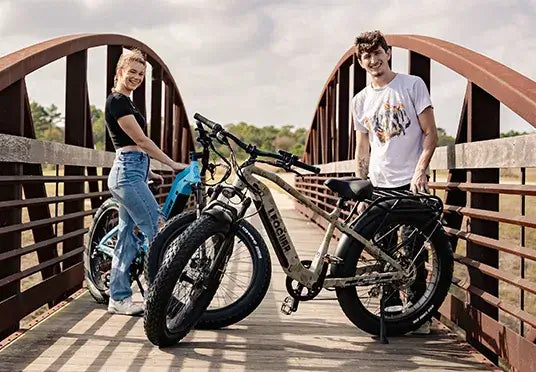
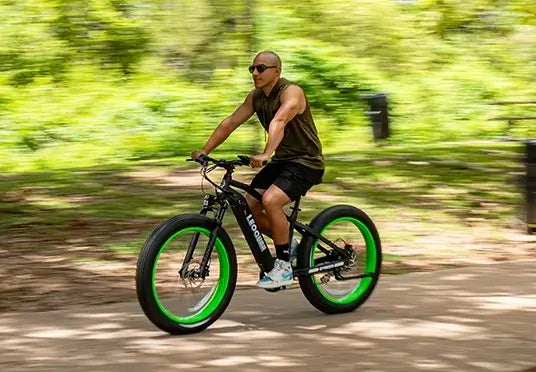
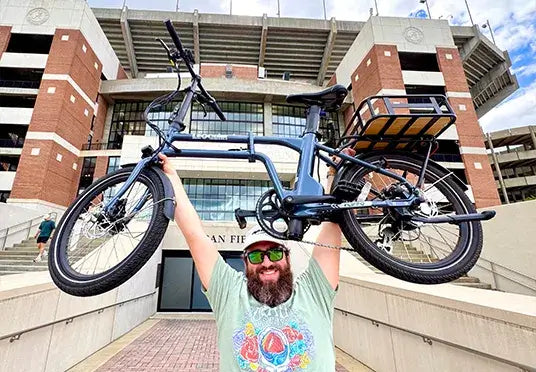

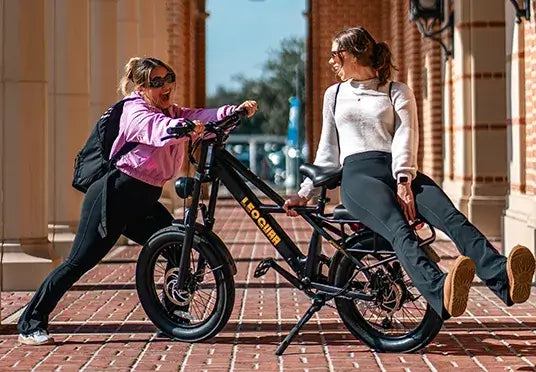
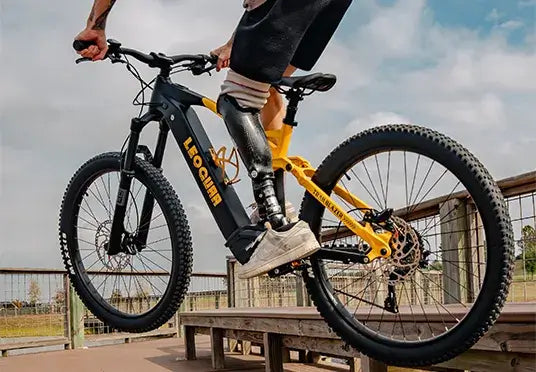

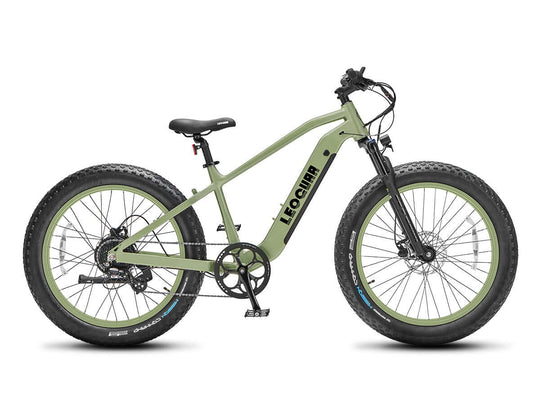
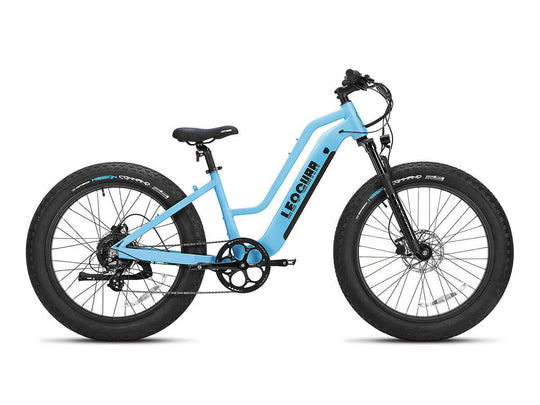
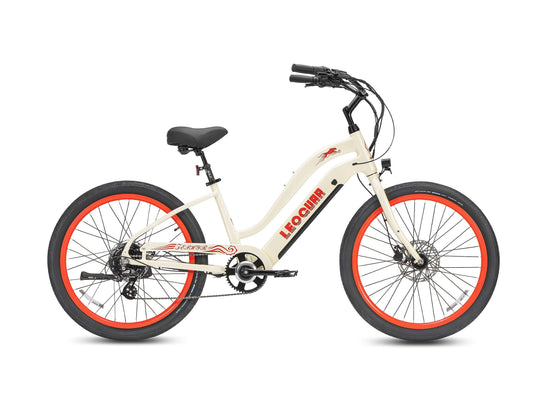
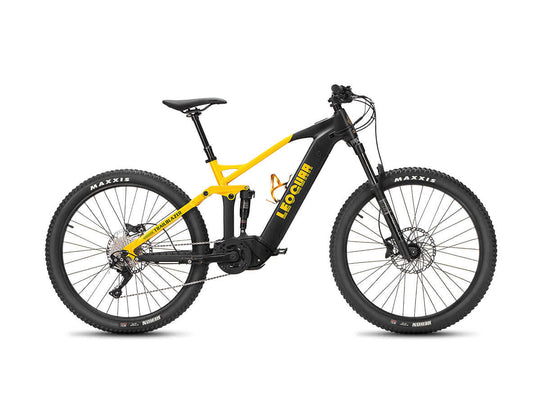
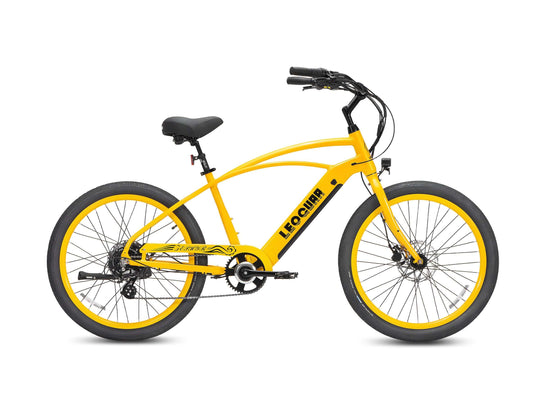
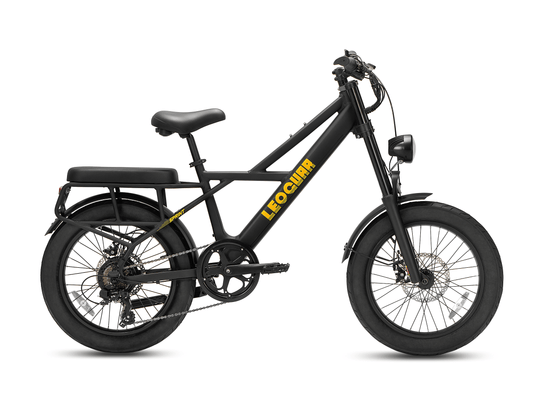

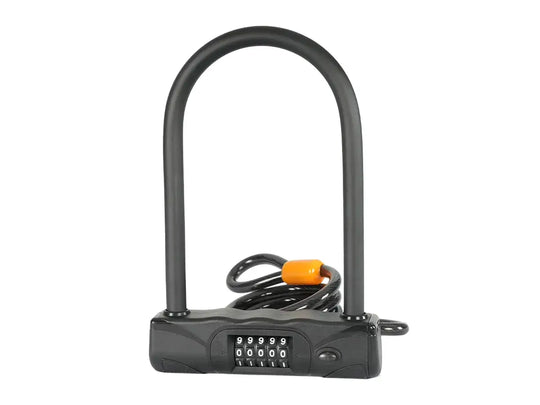
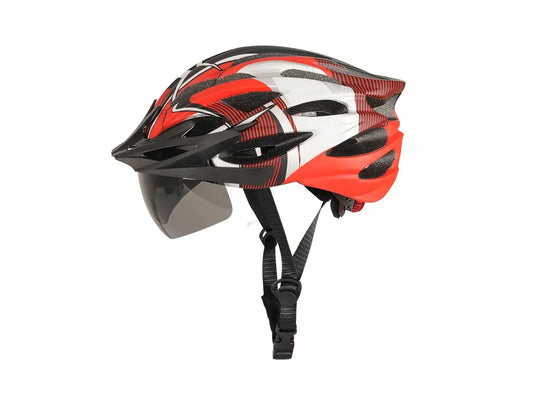
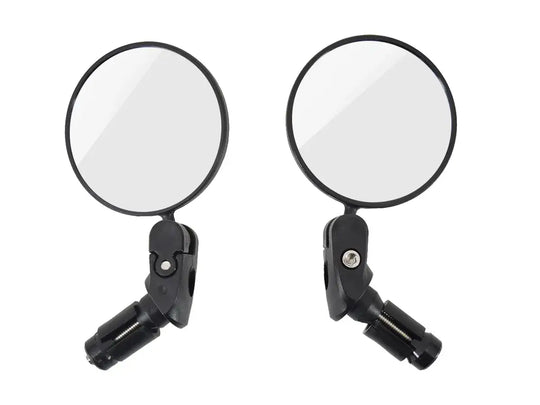

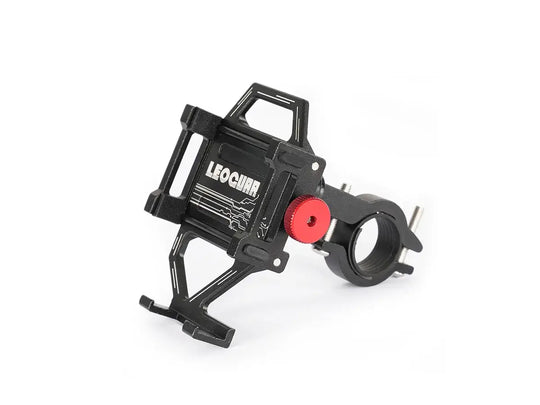
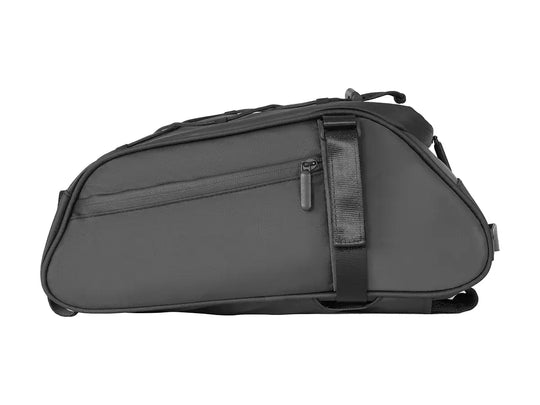
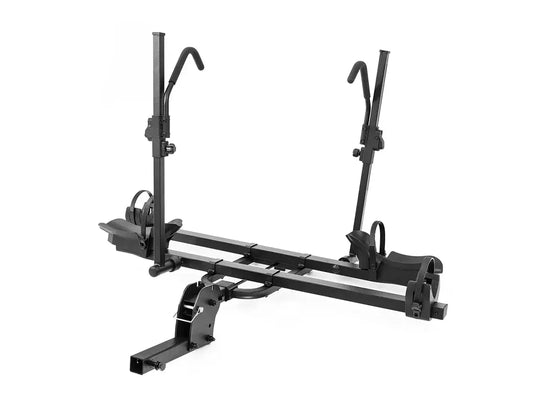
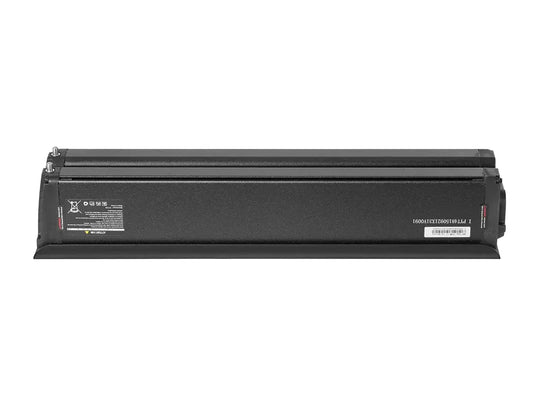
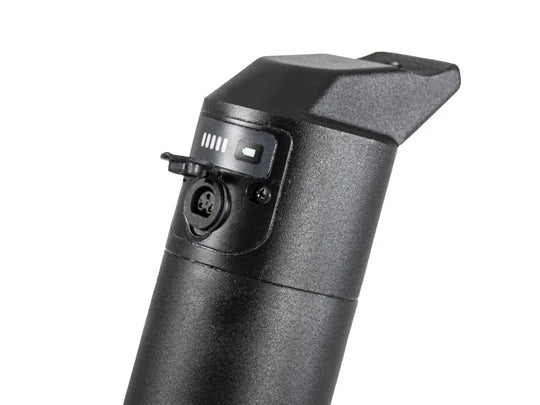
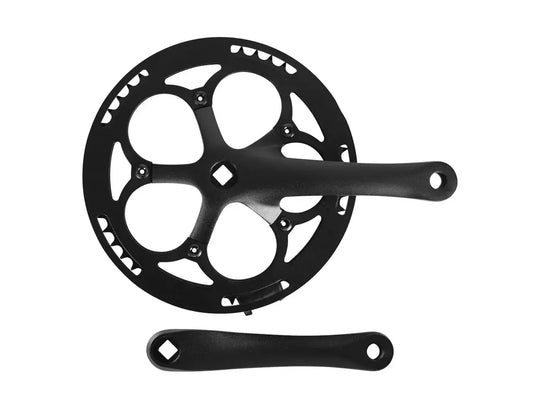
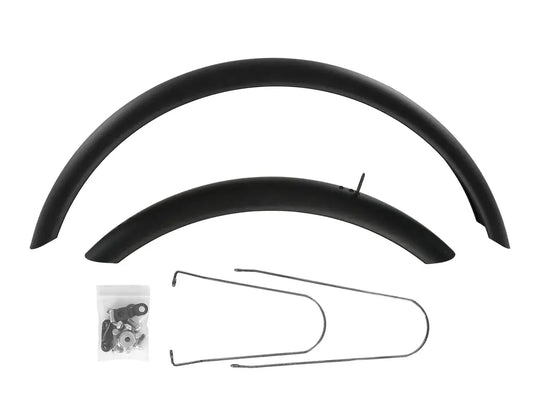
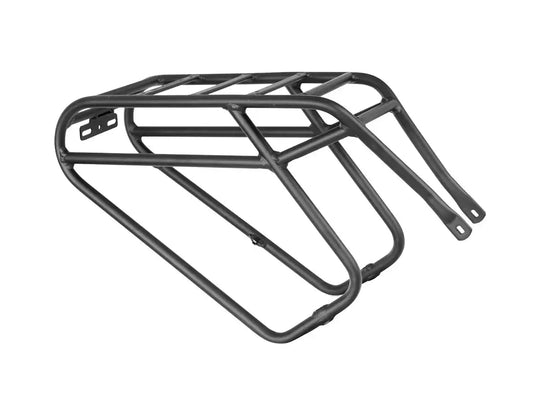
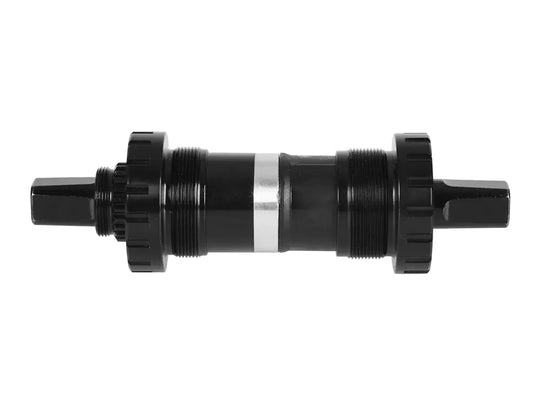
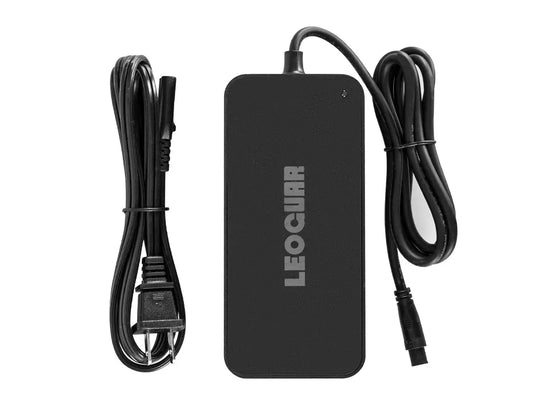
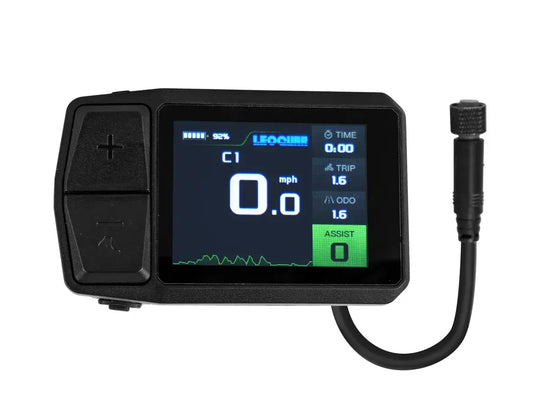
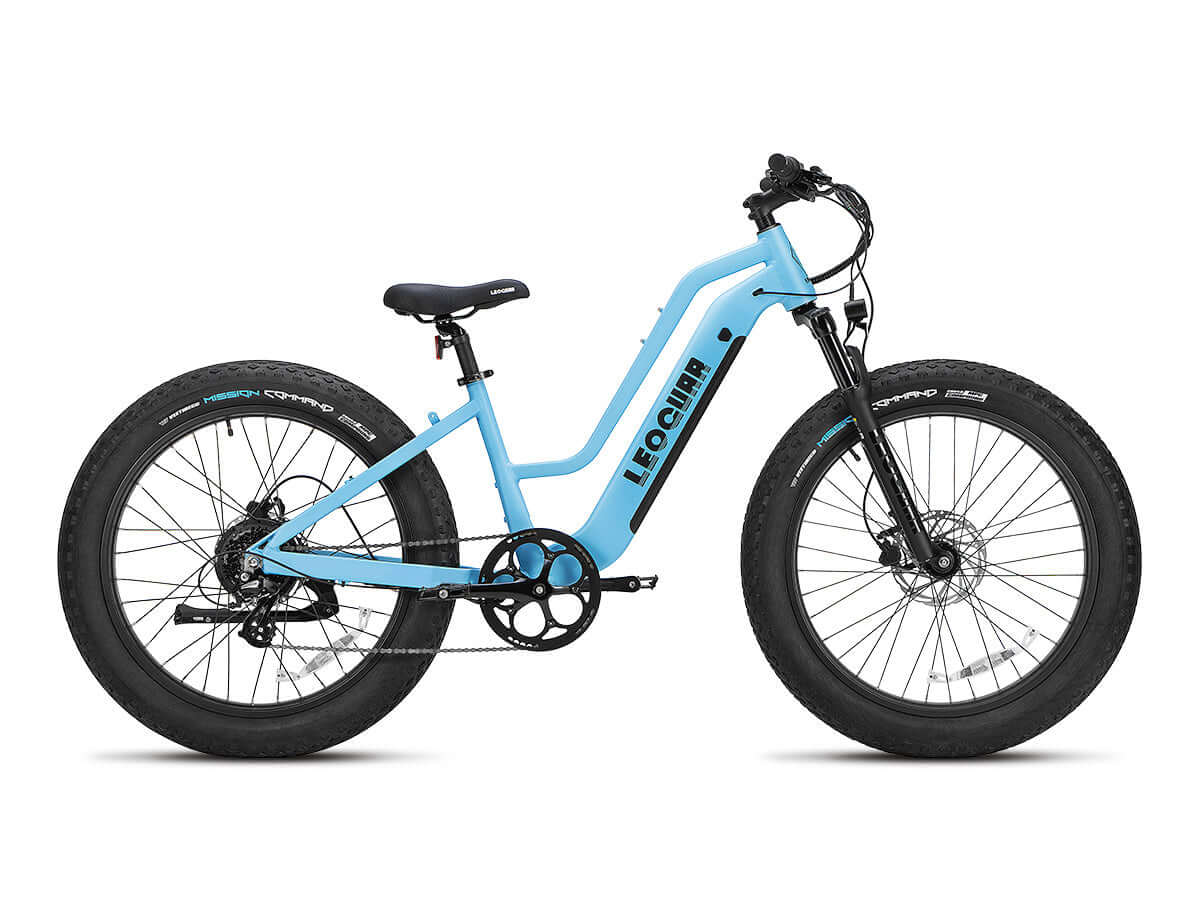








Leave a comment